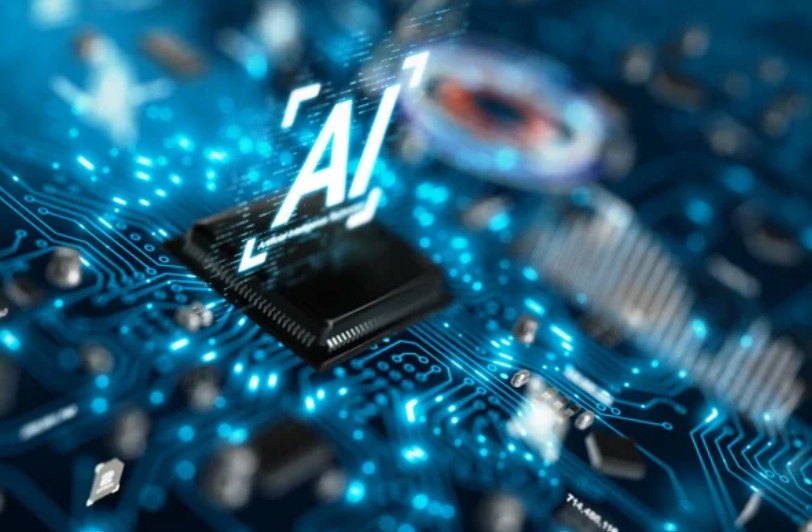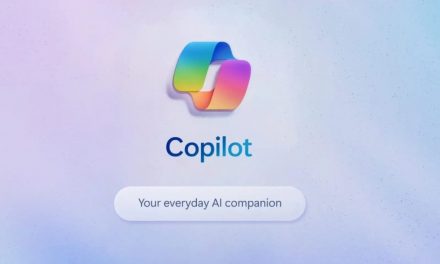It became clear to me recently that confusion still reigns about how emerging technologies intersect. A venture capitalist leaned across the table, espresso in hand, and asked: “If AI and Web3 are both transformative, why do they feel like they’re solving opposite problems?” The question lingered long after the panel discussion ended, prompting a deeper investigation into the fundamental DNA of these innovations”.
Artificial intelligence, Web3, blockchain, and cryptocurrencies are often lumped together as “the future,” but their architectures tell competing stories. AI thrives on centralized computation, hoarding data to build smarter models, while Web3’s very existence rebels against centralization, distributing trust across cryptographic networks. To grasp their distinctions—and their surprising synergies—we must dissect their technical skeletons, not just their buzzwords.
The Decentralization Paradox: Web3’s Trustless Ambition vs. AI’s Centralized Hunger
Let me take you behind the scenes of a typical Web3 protocol launch. Developers at a Berlin-based DAO (decentralized autonomous organization) recently walked me through their stack: a labyrinth of smart contracts self-executing on Ethereum, cross-chain bridges shuffling tokens between networks, and governance tokens enabling community voting. Every component is designed to eliminate single points of control. “We’re not just building apps,” one engineer emphasized. “We’re rebuilding how humans coordinate—without kings or corporations.”
Contrast this with the server farms humming in Nevada’s desert, where an AI startup trains its latest multimodal model. Petabytes of user data flow into centralized silos, refined by GPU clusters costing more than small nations’ GDPs. “Decentralized AI? Maybe someday,” the CTO admitted, “but right now, scale requires control.” The tension is palpable: Web3 distributes power but struggles with efficiency; AI centralizes power to achieve breakthroughs.
Cryptocurrency’s Volatile Experiment vs. AI’s Predictive Certainty
Consider how these technologies handle value. Cryptocurrencies like Bitcoin reject traditional financial intermediaries, relying instead on cryptographic proof and game theory. But their volatility—Bitcoin swung 30% last quarter—reveals a system still searching for stability. Chainalysis data shows legal transactions dominate, yet public perception remains skewed by high-profile fraud cases.
Meanwhile, AI quietly transforms finance through predictive analytics. Hedge funds now deploy reinforcement learning to navigate crypto markets, creating a strange symbiosis. “AI models thrive on volatility patterns,” explained a quant developer at a London fintech firm. “They’re agnostic—whether it’s stocks or crypto, it’s all just noise to decode.”
AI’s Data Appetite vs. Web3’s Encryption Shield
During a heated roundtable at MIT’s AI Ethics Lab, researchers highlighted AI’s “data dilemma.” Training advanced models requires ingesting vast personal datasets, raising privacy concerns. A health-tech VP conceded: “We anonymize data, but true privacy? That’s still aspirational.”
Enter Web3’s zero-knowledge proofs and homomorphic encryption—tools allowing AI to compute on encrypted data without exposing it. A Barcelona-based project, for instance, lets hospitals share patient data for AI diagnostics via blockchain, ensuring compliance without centralized storage. “It’s not perfect,” admitted the project lead, “but it’s the first real bridge between these worlds.”
Two Technologies, One Struggle
Regulators are scrambling. The EU’s AI Act clashes with its MiCA (Markets in Crypto-Assets) framework, creating contradictory demands. A Brussels policymaker confided: “AI demands oversight of algorithms, while crypto demands oversight of anonymity. Enforcing both feels like patching two leaks with one hand.”
In the U.S., the SEC’s crypto crackdowns contrast with its cautious AI guidelines. Legal experts warn of a “regulatory void” where technologies converge—like AI-driven DAOs or blockchain-based AI marketplaces. “Current frameworks assume technologies operate in silos,” said a Stanford law professor. “That illusion is crumbling.”
Where Hype Meets Reality
Collaborations between AI and Web3 projects often sound better on whitepapers than in practice. An ambitious plan to use blockchain for AI training-data provenance stalled when developers realized on-chain storage costs dwarfed cloud alternatives. “We’re years away from viable fusion,” lamented a project lead.
Yet glimmers exist. OpenAI’s recent partnership with a decentralized compute network aims to distribute GPU resources—a potential blueprint for scaling AI sustainably. And decentralized AI platforms like Bittensor are experimenting with tokenized incentives for model training, though skeptics question if quality can match centralized rivals.
Coexistence, Not Convergence
Having spent the last decade deep in both AI and blockchain reporting, I’ve learned these technologies won’t merge—they’ll orbit each other. AI will optimize Web3’s inefficiencies; Web3 will democratize AI’s power structures. But their core philosophies—centralized intelligence vs. decentralized trust—will remain in creative tension.As the Berlin DAO engineer concluded: “We’re not building a utopia. We’re building tools. Let humans decide how to use them.” In that balance lies the future—not of AI versus Web3, but of societies navigating their combined weight.





